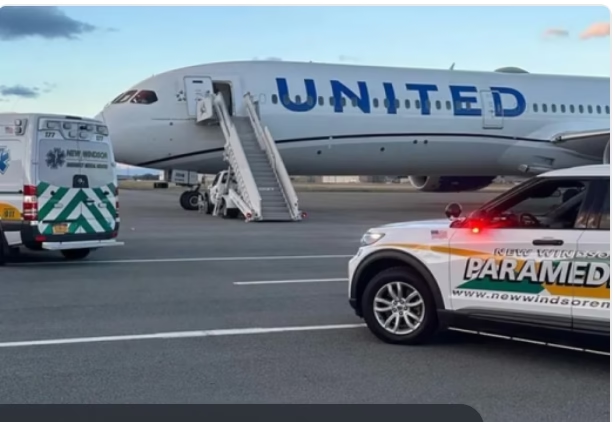On January 24, 2025, United Airlines Flight UA613, a Boeing 787 carrying 245 passengers and crew, departed from Lagos, Nigeria, bound for Washington, D.C. What started as a routine transatlantic flight quickly turned into a terrifying ordeal when the aircraft experienced sudden and repeated drops in altitude over Ivory Coast airspace.
Passengers described a peaceful journey until reaching Senegalese airspace. When the seatbelt sign was turned off and the captain reportedly stepped out of the cockpit for a brief rest, the plane abruptly nosedived. Chaos erupted as unbelted passengers were flung into the air, striking the cabin ceiling. One man lost consciousness from head trauma, and a woman headed to the restroom suffered severe injuries. Within 20 minutes, the plane reportedly lost pressure three times, leaving passengers panicked and fearing for their lives.
Despite the frightening mid-air turbulence and confusion, the flight crew managed to stabilize the aircraft and return safely to Lagos. Upon landing, four passengers and two crew members were treated for minor injuries. United Airlines ruled out severe weather as the cause and confirmed the aircraft had encountered a “technical issue.”
The U.S. National Transportation Safety Board (NTSB), along with Nigerian aviation authorities, launched an investigation to determine the cause of the mysterious aircraft behavior. Passengers were offered hotel accommodations and assistance with rebooking, though some expressed frustration over the lack of clear communication in the aftermath.
Though the incident left many shaken, it was the professionalism of the crew and quick decisions in the cockpit that likely prevented a tragedy. Passengers later credited divine intervention, luck, and the steady actions of the crew for their survival. The incident has since reignited conversations about in-flight safety protocols and mechanical oversight on long-haul international f
lights.
